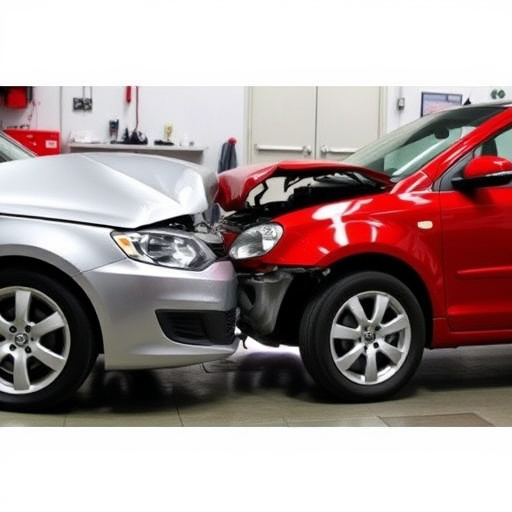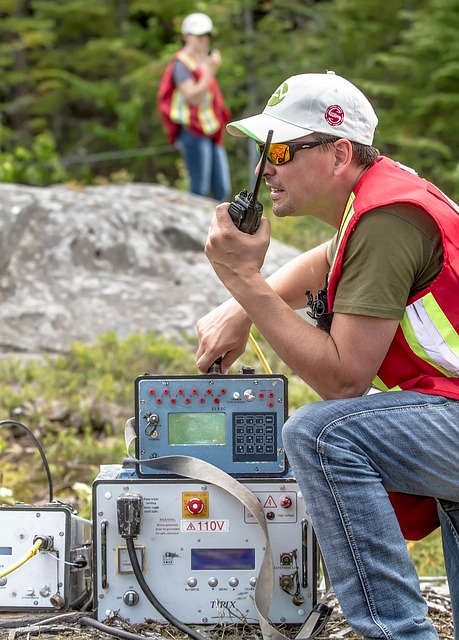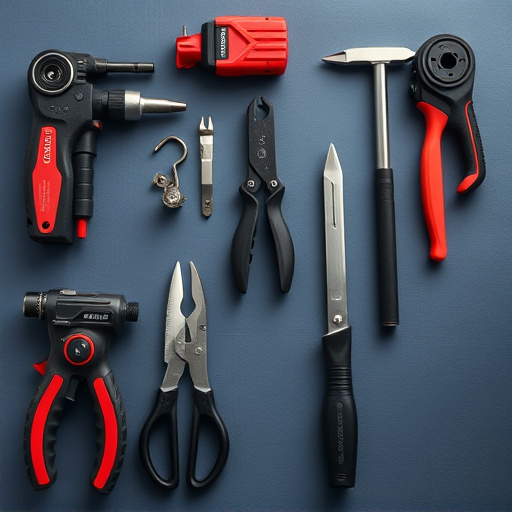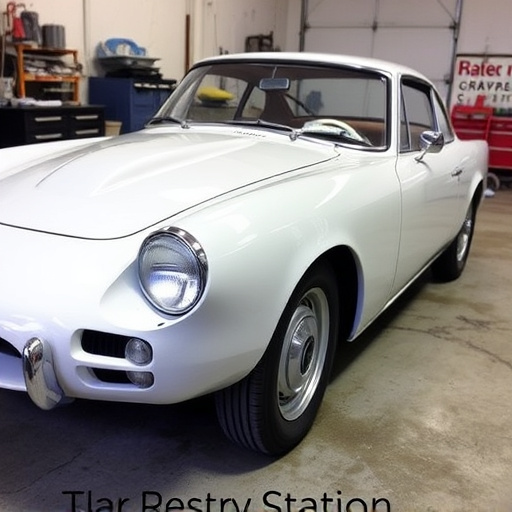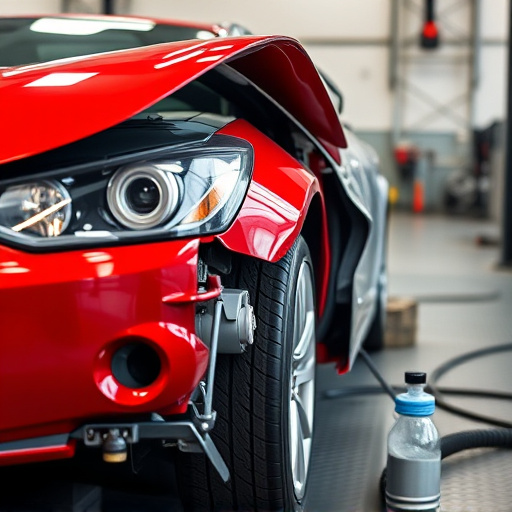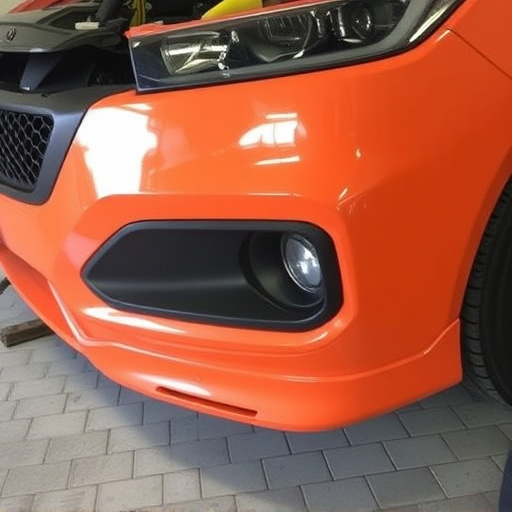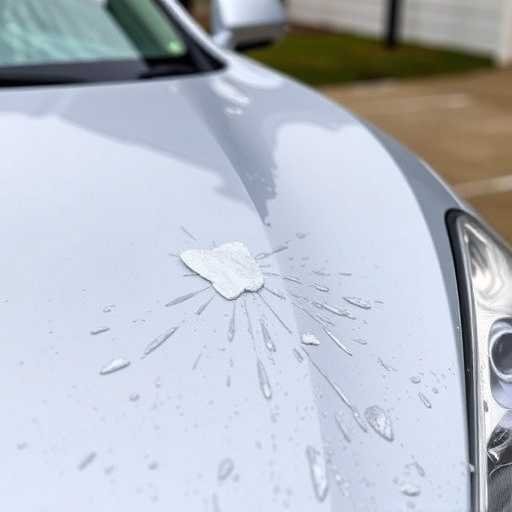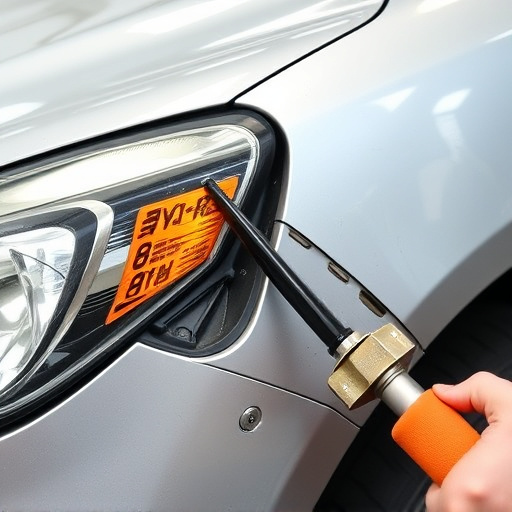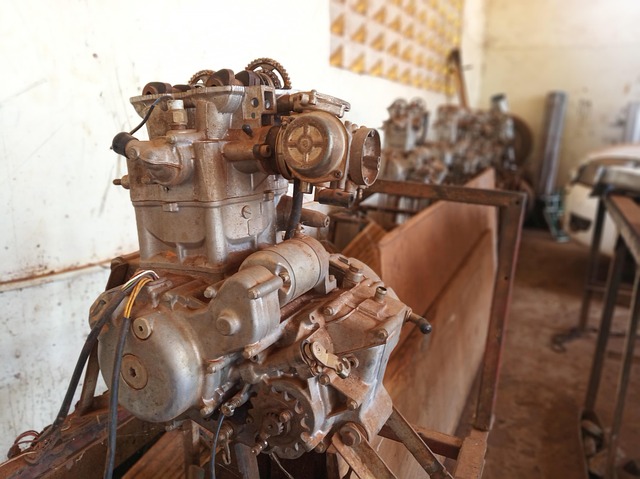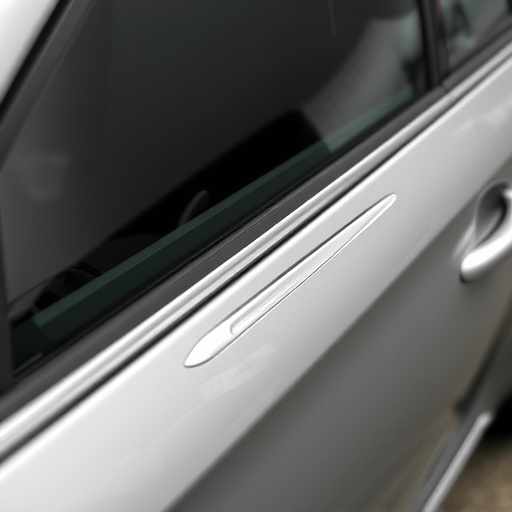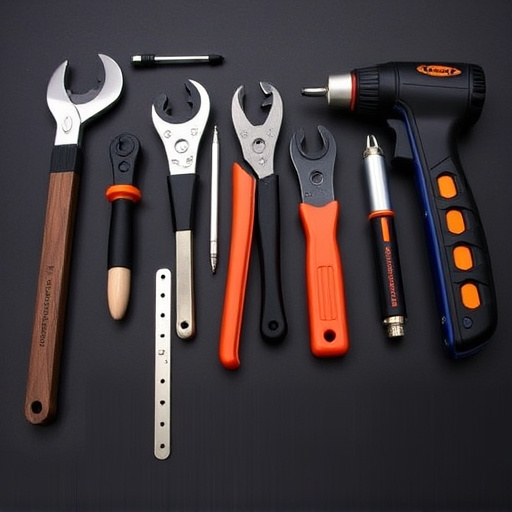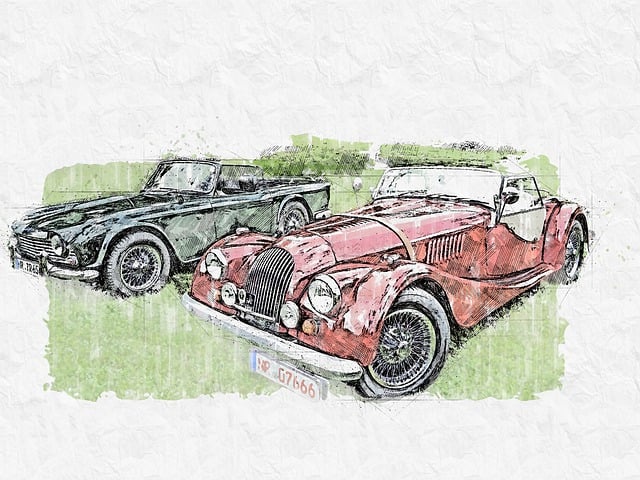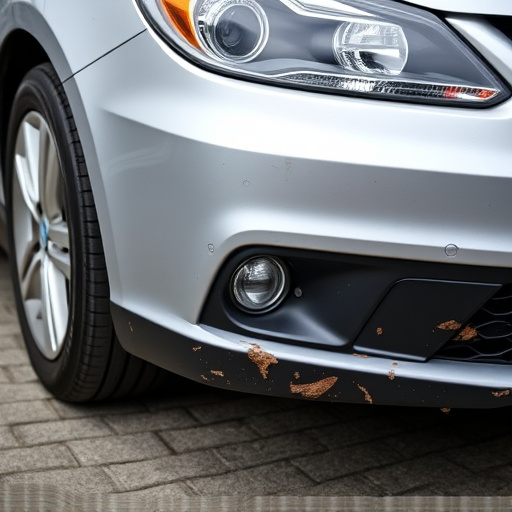Panel beating, an ancient yet modern auto body repair technique, excels in precision and sustainability. Skilled technicians reshape metal panels with hammers and clamps, addressing dents and structural damage for enhanced safety. This versatile method caters to various repair needs, boosting vehicle aesthetics and resale value. By restoring damaged bodywork, panel beating reduces waste, preserves natural resources, lowers carbon emissions, and extends car lifespans, making it an eco-friendly solution that benefits both industries and consumers.
Panel beating, an ancient art, is a cornerstone of sustainable auto body repair. This precise technique involves skillfully manipulating metal to restore damaged vehicles, minimizing waste and maximizing resource efficiency. By extending vehicle lifespan, panel beating reduces the demand for new car production and cuts down on automotive industry emissions. Embracing this traditional skill ensures eco-friendly, durable repairs, aligning with the growing need for sustainable transportation solutions.
- The Art of Panel Beating: Restoring Vehicles with Precision
- Environmental Benefits: Sustainable Practices in Auto Body Repair
- Panel Beating's Role in Extending Vehicle Lifespan and Reducing Waste
The Art of Panel Beating: Restoring Vehicles with Precision

The art of panel beating is a precise and skilled craft that plays a pivotal role in sustainable auto body repair. It involves the careful manipulation and reshaping of vehicle panels to restore them to their original condition or even enhance their aesthetics. Skilled technicians use specialized tools and techniques, such as hammering, folding, and clamping, to realign and smooth out dents and dings. This meticulous process not only fixes physical damage but also preserves the structural integrity of the vehicle, ensuring it meets safety standards.
By employing panel beating methods, body shop services can offer effective solutions for a range of auto repair needs, from minor scratches and dents to more extensive damage. Vehicle paint repair is another aspect where this technique shines, as it can prepare the surface for repainting, achieving a flawless finish that blends seamlessly with the vehicle’s original color. This not only enhances the visual appeal but also extends the lifespan of the vehicle’s exterior, contributing to its overall sustainability and resale value.
Environmental Benefits: Sustainable Practices in Auto Body Repair
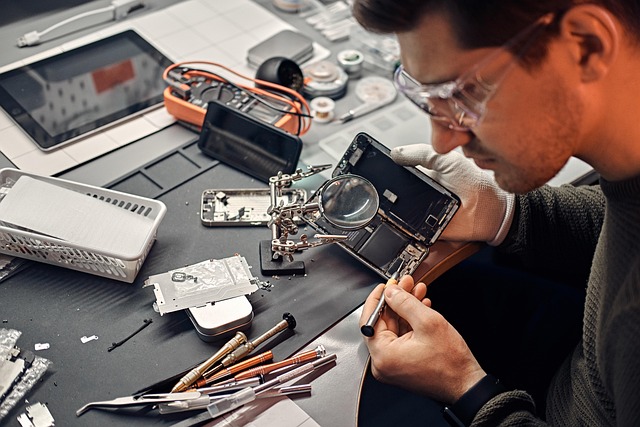
The process of panel beating plays a pivotal role in promoting sustainable practices within the realm of auto body repair. By utilizing this specialized technique, technicians can expertly restore damaged car bodywork to its original condition, thereby reducing the need for excessive material replacement. This environmentally conscious approach minimizes waste generation and conserves natural resources, which are often required to produce new panels.
Furthermore, panel beating offers a cost-effective solution for vehicle collision repair, allowing for the reuse of existing components. This not only diminishes the carbon footprint associated with manufacturing but also extends the lifespan of materials, further contributing to a more sustainable auto body work ecosystem. As a result, businesses and consumers alike can participate in fostering a greener and more resilient automotive industry.
Panel Beating's Role in Extending Vehicle Lifespan and Reducing Waste

Panel beating plays a pivotal role in extending the lifespan of vehicles and promoting sustainable car body repair practices. This traditional yet highly skilled craft involves manipulating metal panels to restore damaged car bodies, often after accidents or wear and tear. By expertly mending and reshaping these panels, panel beating ensures that the vehicle retains its structural integrity and aesthetic appeal.
Moreover, this technique significantly reduces waste generated during auto body painting and car repair services. Unlike replacement parts, which can contribute to automotive waste, panel beating allows for the reuse and repurposing of existing metal components. This not only minimizes the environmental impact but also saves resources and costs associated with manufacturing new panels. As a result, vehicles can be brought back to their original condition, extending their useful life and decreasing the demand for excessive production and consumption in the auto industry.
Panel beating, as an ancient craft, has evolved to play a pivotal role in sustainable auto body repair. By expertly restoring vehicles to their original state, this traditional technique reduces waste and extends the lifespan of cars, aligning with modern eco-conscious goals. The environmental benefits are clear: less energy consumption, minimized material waste, and a decreased need for new parts production. Embracing panel beating as a core practice in the automotive industry is a step towards a greener future, ensuring both the preservation of valuable resources and the reduction of our carbon footprint.
